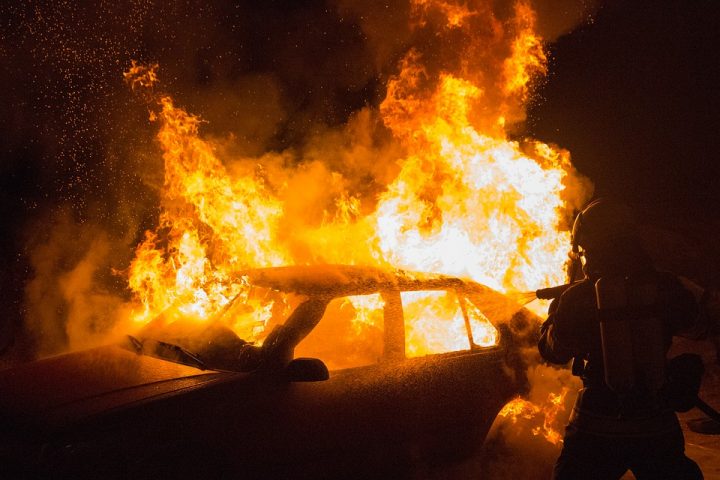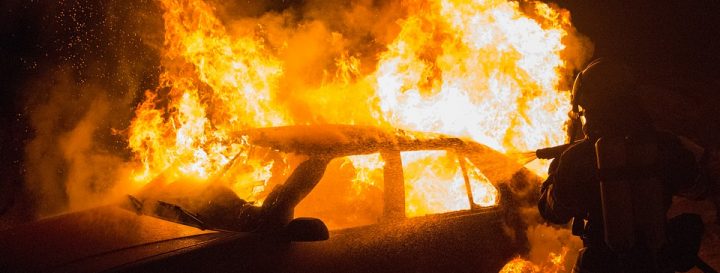Seven in ten stolen cars are not now recovered with sophisticated gangs stealing them and breaking for parts and a lot of money, according to the latest study.
One of the most popular to pinch because of easily bypassed security system is the Range Rover and its also one of the most expensive worth a lot in stripped out parts sold on the black market to back-street mechanics and owners.
That’s the conclusion of a report after a Freedom of Information request to the Home Office by Kent-based Claims Management & Adjusting.
The CMA has calculated insurers are forking out about £1.5 Billion in claims but do not want to highlight the cost and the Home Office considers the problem so great that police forces no longer log the value and stopped recording vehicle theft in 2006.
CMA Managing Director, Philip Swift (below), a former police detective, explained: “Our Freedom of Information Act (FoIA) request revealing the Home Office’s 101,198 figure has caused quite a stir. It is certainly more realistic than the 48,400 bandied about earlier this year, but the number of offences is just one facet.”

To understand the situation, you need to factor in: 1) The increased values of vehicles; 2) Plummeting recovery rates; and 3) The condition if found.
“It is way too simplistic to say car crime is down from 500,000 offences in the mid-1990s to 100,000 today so we’ve largely solved it.
“Even from 180,000 a year in 2006, when the Home Office stopped publishing the annual car theft index, the picture has changed dramatically. 15-odd years ago, the typical theft was an old Ford Escort worth less than £5k taken for ‘joyriding’ and later recovered, often burnt-out,” he said.
Mr Swift added, “Now, we commonly see nearly new Range Rovers worth £100k stolen by professional criminals, and they’re seldom found.
“The fact that 72% of stolen vehicles are never recovered is a staggering failure. Having, to an extent, designed out ‘joy riding’, we appear to be left with organised criminals befitting from the lack of attention now given to vehicle crime. Possibly this is why some constabularies no longer record approximate vehicle values, which is easy enough to do.
“Our cost to insurers comparison indicates how the total cost of this crime has likely quadrupled from £360m in 2006 to £1.44bn in 2021. What’s more, given that the models now being targeted are often worth considerably more than £20k, and that the number of offences is rising, the £1.44bn figure is actually a very conservative estimate.

“For the victim, being reunited with their pride and joy is becoming ever less likely. For the insurance industry, the current situation is significantly worse than a decade ago.”
He went on, “Another piece of the puzzle is the changing method of theft, with keyless technology and electronic security bypass frequently and thoughtlessly blamed. Indeed, some point to the fact that around half of recovered vehicles are undamaged nowadays, compared to just 15% a decade ago, as some sort of success. It isn’t.
“It’s a crumb of comfort at best. Unfortunately, the suspected method is often not recorded by constabularies now either. Again, lack of data is disguising the true, frankly embarrassing, scale of the UK’s vehicle crime problem.”


